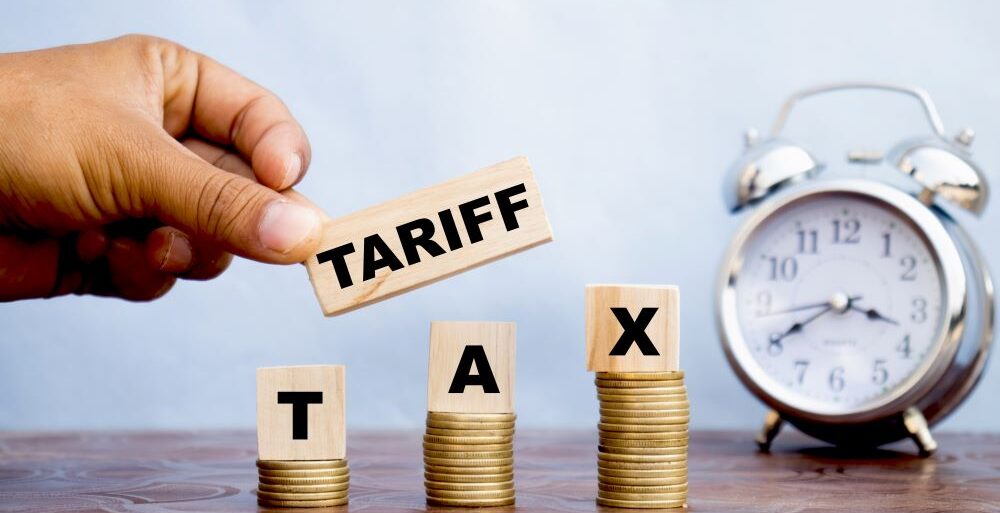A recent survey by Black Book Research has revealed alarming developments for U.S. healthcare providers, payers, and patients, as new tariffs implemented by President Donald Trump threaten to destabilize critical medical supply chains. The mounting trade war and additional penalties on imports are expected to lead to significant price hikes and potential shortages of essential medical devices and pharmaceuticals.
According to the survey, 88% of healthcare executives predict an 18% increase in the cost of medical equipment by Q4 2025, while 94% anticipate a staggering 33% rise in prices for critical devices. These hikes are attributed to tariffs on products imported from China and the EU, both of which play key roles in the U.S. healthcare supply chain.
Related Article: How Video Surveillance Can Help Combat Drug Diversion in Hospitals
Pharmaceutical expenses are also projected to surge, as 97% of executives foresee costs rising by at least 15%. This increase is fueled by new tariffs on Indian Active Pharmaceutical Ingredients (APIs) and the lack of viable alternatives.
American Hospital Association Calls for Tariff Exemptions
In February, the American Hospital Association (AHA) raised concerns over the dire impact these tariffs could have on the availability of life-saving medical supplies. AHA President and CEO Richard J. Pollack penned a letter urging the Trump administration to exempt medical devices and pharmaceuticals from current and proposed tariffs.
“Despite ongoing efforts to build the domestic supply chain, the U.S. healthcare system relies significantly on international sources for many drugs and devices needed to both care for patients and protect our healthcare workers,” Pollack wrote. He emphasized that tariffs could disrupt access to essential medications, including cancer treatments, cardiovascular drugs, and antibiotics, putting patients’ lives at serious risk.
The letter also pointed out the vital role Chinese imports play in supplying single-use medical devices and diagnostic tools such as blood pressure cuffs, syringes, and pulse oximeters. The tariffs could also impact the availability of PPE. Disruptions in these imports could severely hinder hospitals’ ability to conduct surgeries, prevent infections, and monitor patient conditions effectively.
House Democrats Demand Action
A group of 26 House Democrats, led by Reps. Doris Matsui (Calif.) and Brad Schneider (Ill.), has called on the Trump administration to mitigate the “devastating consequences” that escalating tariffs could have on the already fragile medical supply chain, reports The Hill.
The House Democrats outlined their concerns in a letter to U.S. Trade Representative Jamieson Greer and Commerce Secretary Howard Lutnick, urging them to consider exemptions for active pharmaceutical ingredients, essential medicines, generic drugs, and critical medical supplies. They also recommended working with the FDA to accelerate the approval of alternative safe sources while strengthening domestic supply chain resilience.
While pharmaceuticals had been exempted from Trump’s sweeping tariffs announced last week, the situation remains precarious. Experts have cautioned that heightened costs across the supply chain could indirectly inflate prices, particularly for generic drugs.
During a recent National Republican Congressional Committee dinner, Trump announced his intention to impose tariffs on imported pharmaceuticals, stating, “Once we do that, they’re going to come rushing back into our country because we’re the big market.” However, House representatives warned in their earlier letter that such tariffs might drive manufacturers to “cheaper foreign markets,” undermining efforts to bolster domestic pharmaceutical production.







